
MED-EL
Published Sep 29, 2013 | Nov 13, 2024
The History of MED-EL Electrode Arrays
Explore the history of MED-EL cochlear implant electrode arrays. From the initial designs in 1989 to today's advanced solutions, discover how these electrodes are engineered to preserve cochlear structures and optimize hearing.
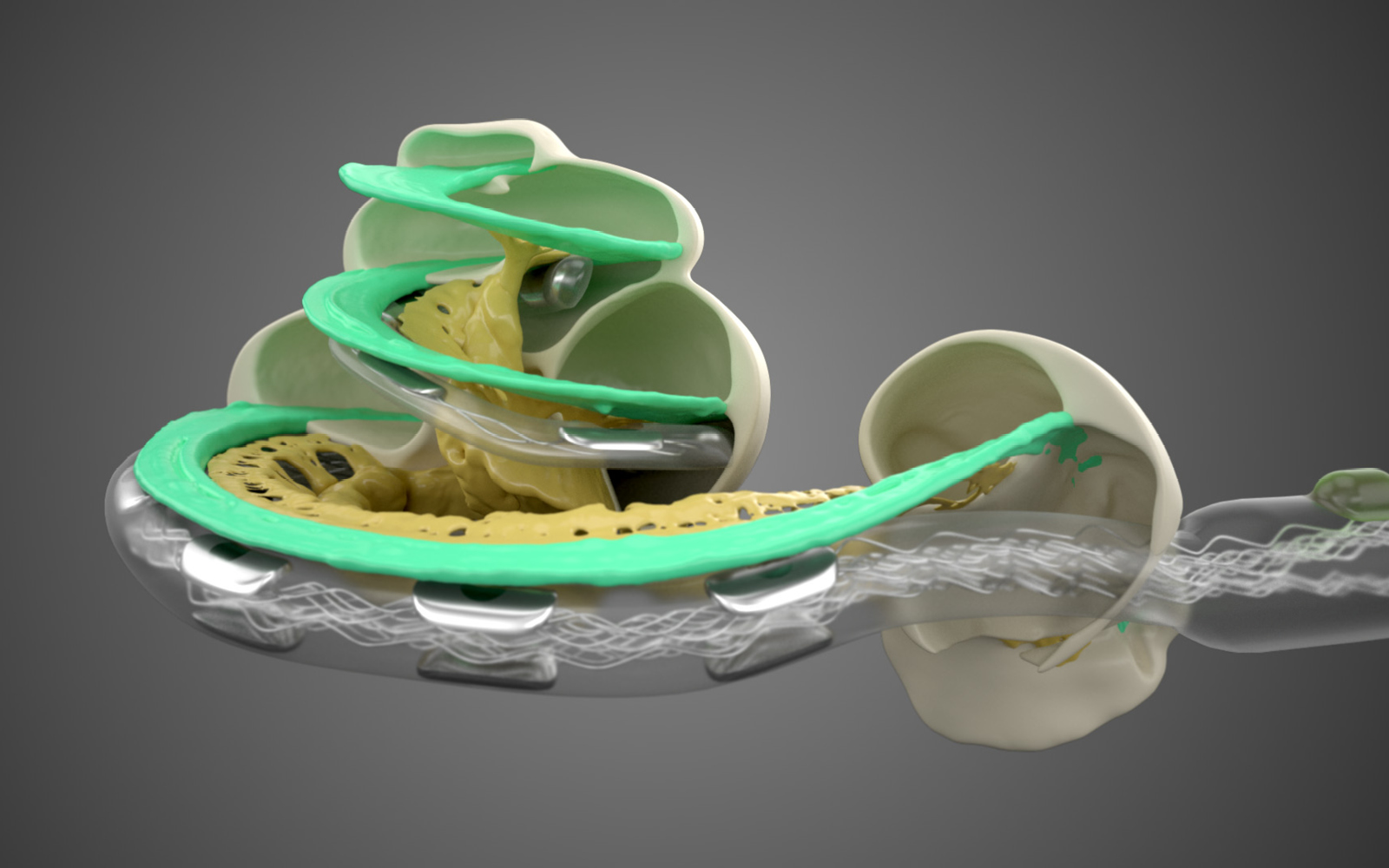
One of the main parts of the implant in a cochlear implant system is the electrode array. Electrodes send electrical pulses to the nerve cells within the cochlea, enabling cochlear implant recipients to perceive sound. But not all electrode arrays are created equal. To learn more about the design features that are important for optimal hearing, let’s take a journey through the history of MED-EL electrodes.
Why Cochlear Implant Electrodes Matter
As we showed in our photographic tour of the cochlea, a normal cochlea is lined with thousands of nerve structures. Keeping these cells intact is one of the best ways to ensure hearing performance, both today and in the future.
From the very beginning, MED-EL has pioneered the design and creation of electrode arrays made specifically to preserve these nerve structures. Here are some highlights from MED-EL’s history of electrode development, starting with one of the very first MED-EL electrode arrays introduced in 1989.
1989: Signature Features
When MED-EL was founded in 1989, the first of our electrode arrays incorporated two signature electrode features: wave-shaped wires and a flexible design. These features make for an electrode array that can maximize structure preservation in the cochlea during surgery.
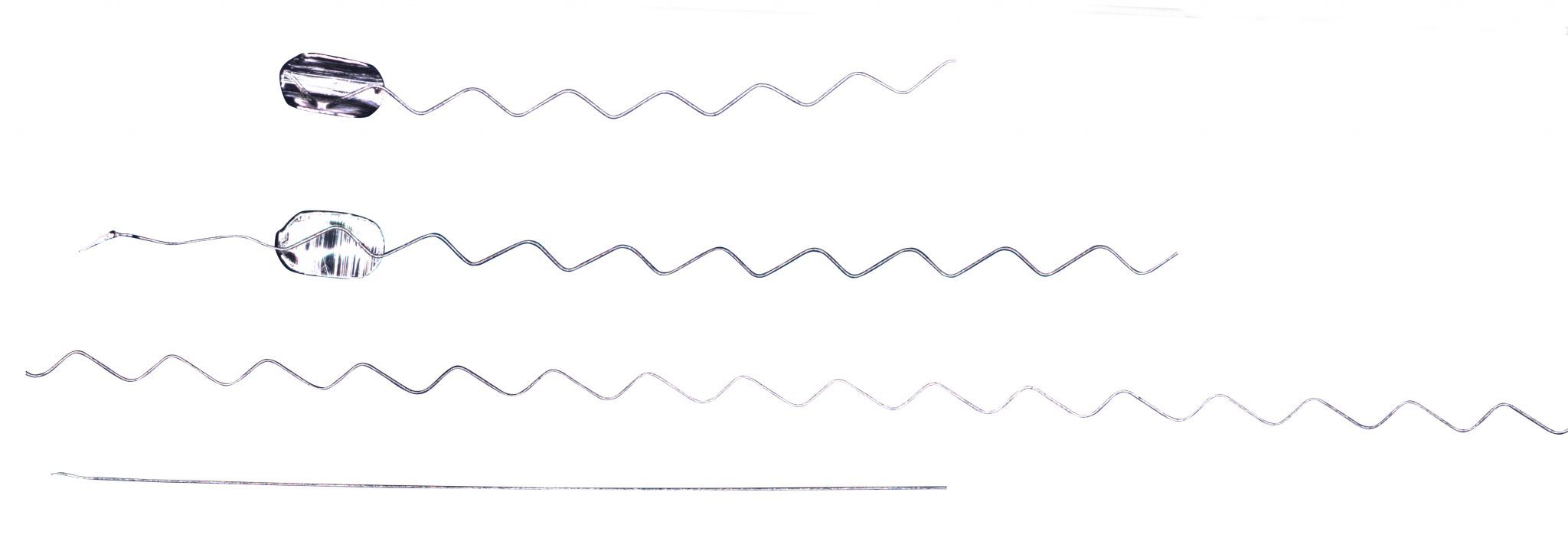
The components of an electrode array from bottom to top: an electrode wire, an electrode wire after the wave shaping, an electrode contact in the middle of an electrode wire, and a contact on the very tip of an electrode wire.
The components of an electrode array from bottom to top: an electrode wire, an electrode wire after the wave shaping, an electrode contact in the middle of an electrode wire, and a contact on the very tip of an electrode wire.
The wave-shaped wires increase the flexibility of the electrode array, and the flexible design means the electrode array can naturally fit the shape of each individual cochlea.
1994: Complete Cochlear Coverage
In 1994, the first 31.5 mm electrode array was introduced by MED-EL. This is special because 31.5mm is the length of the average cochlea. This means it can stimulate the whole length of the cochlea, including the nerve cells responsible for the lowest frequencies of sound.
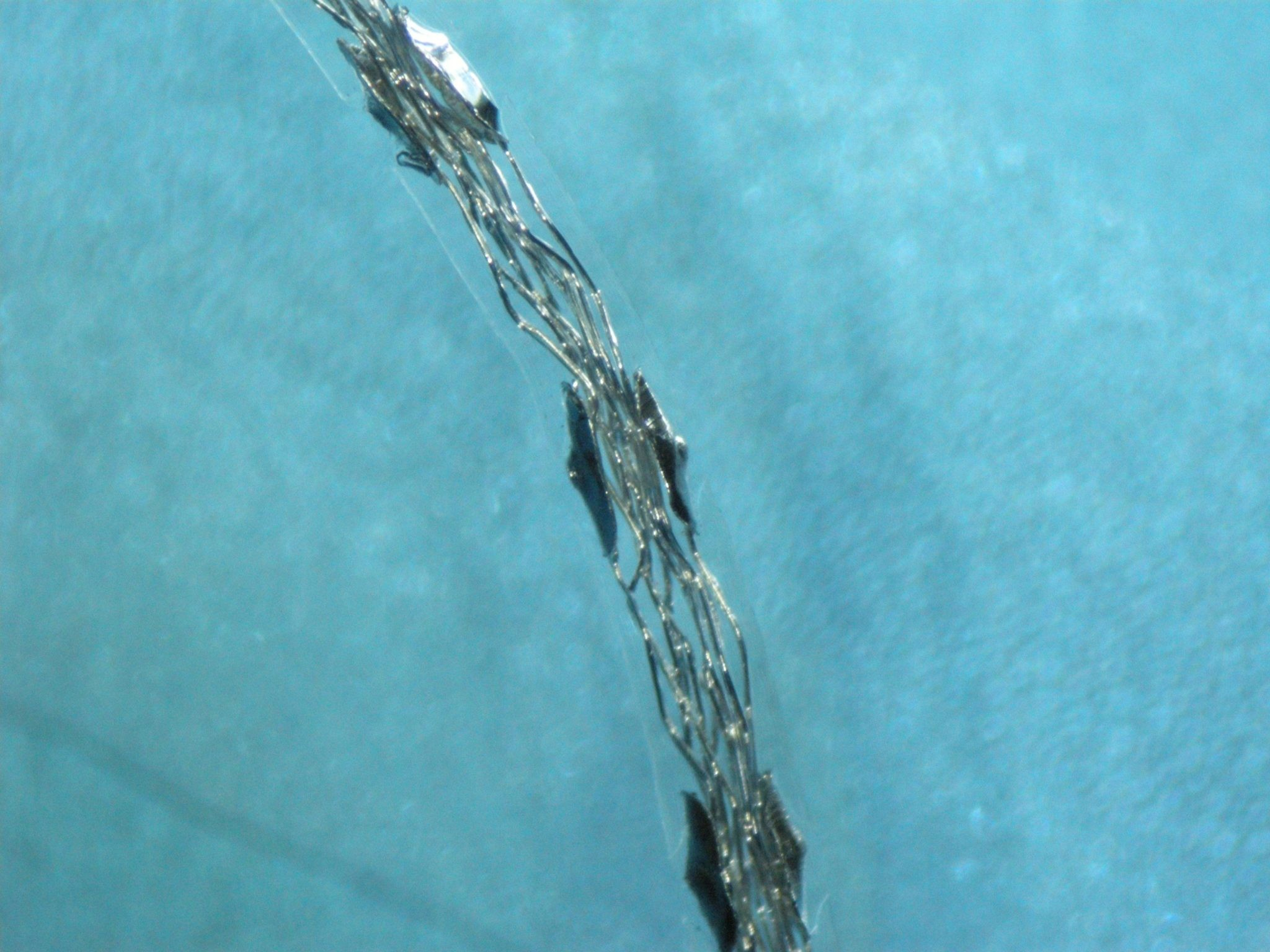
An electrode array filled with wave-shaped wires and contacts is soft and flexible.
1996: 12-Channel Electrodes
Today, all MED-EL electrode arrays use 12 electrode contacts to stimulate the cochlea. The very first array with 12 electrode contacts, the STANDARD, was introduced in 1996.
Why 12? Often, people believe that having more electrodes makes for better performance. However, with 12, each contact stimulates only a very specific area of the cochlea and does not interfere with other electrodes. If electrodes are too close together, they may stimulate the same part of the cochlea, causing interference. Also, the space between each electrode—for example, 2.4mm in the STANDARD electrode—makes the electrode array more flexible.
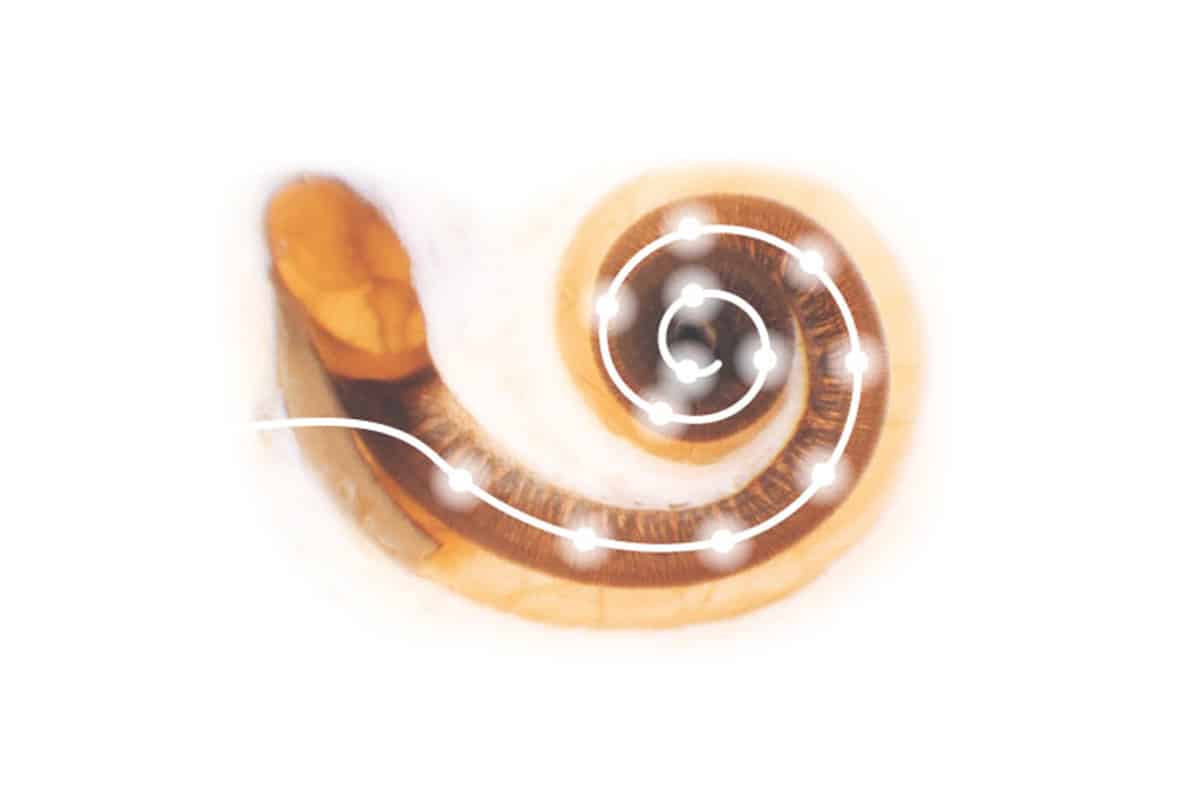
How the Standard 31.5mm electrode array might look when fully inserted into an average cochlea.
2004: FLEX-Tip Design
A new era of structure preservation started in 2004 when we introduced the FLEX-Tip design for our electrode arrays.
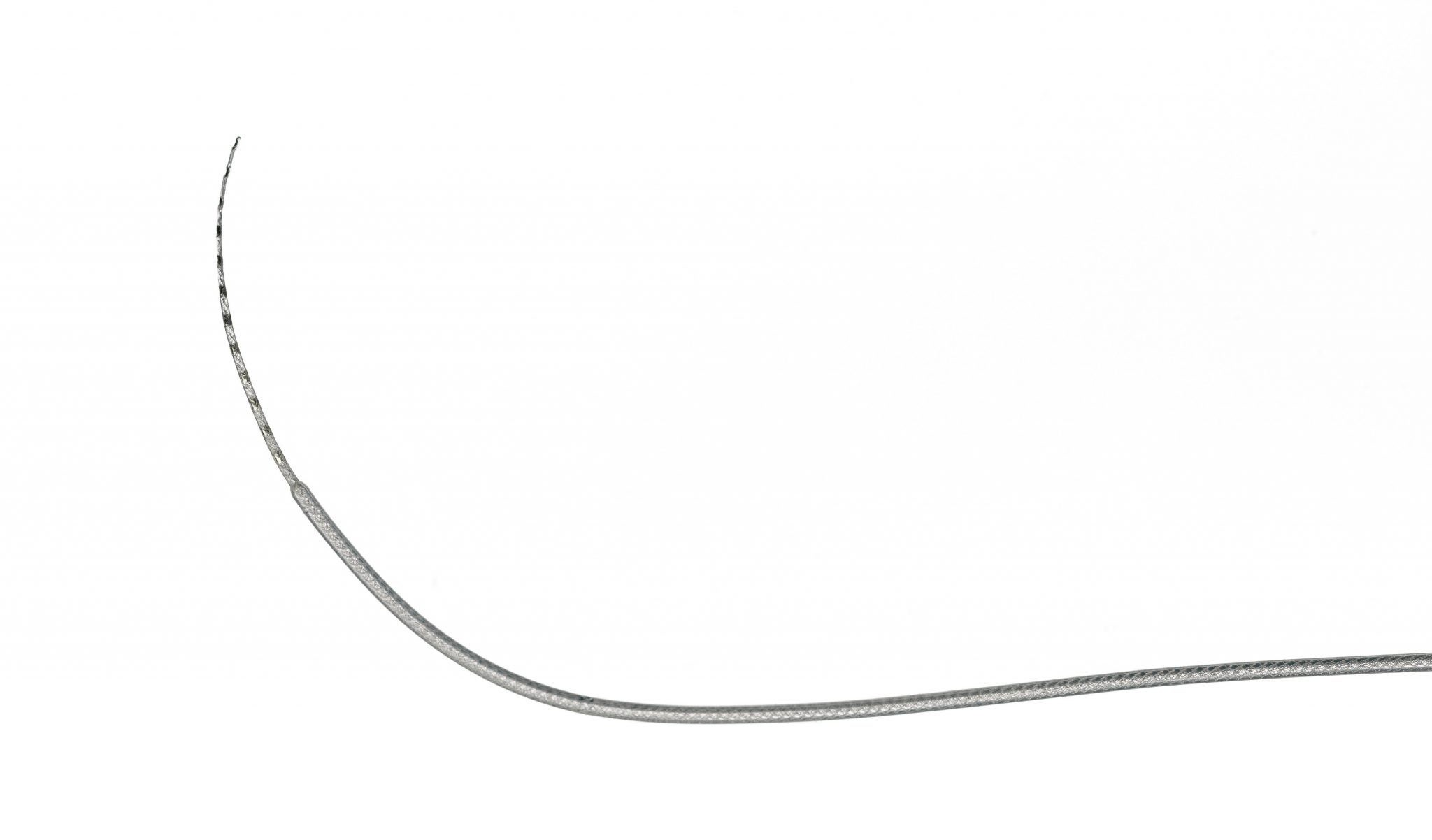
The FLEX-Tip makes an electrode array especially flexible.
The secret to the FLEX-Tip is that the first five channels in the tip of the electrode array have only one electrode contact. This makes this part of the electrode array even smaller and more flexible so it can fit into the narrower tip of the cochlea.
2011: Expanding Range
In 2011, we expanded our electrode range by introducing the FLEX28.
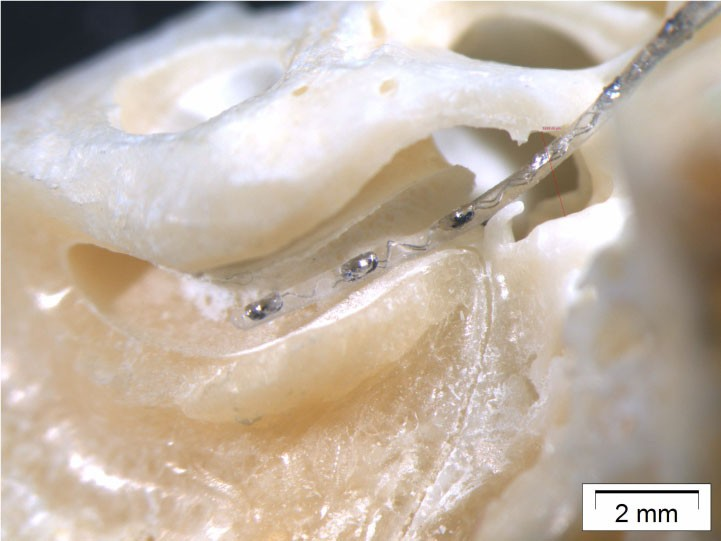
The tip of a MED-EL electrode array as it fits into a model cochlea. (Photo courtesy of Helge Rask-Andersen, MD, Uppsala University Hospital, Uppsala, Sweden)
2013: Electrodes for All
Because we want our cochlear implants to work for everyone, we introduced the FORM series of electrodes. These are designed especially for people whose cochlea is an unusual shape so they can still benefit from the closest to natural hearing that our electrodes provide.
2018: Even More Options
By adding the FLEX26 to the range of arrays available, our cochlear implants can fit even more unique cochleae.
2023: An Electrode Array for Even the Largest Cochleae
The FLEX34 electrode array became available in 2023, enabling complete cochlear coverage for even the largest cochleae with our flexible, soft electrodes.
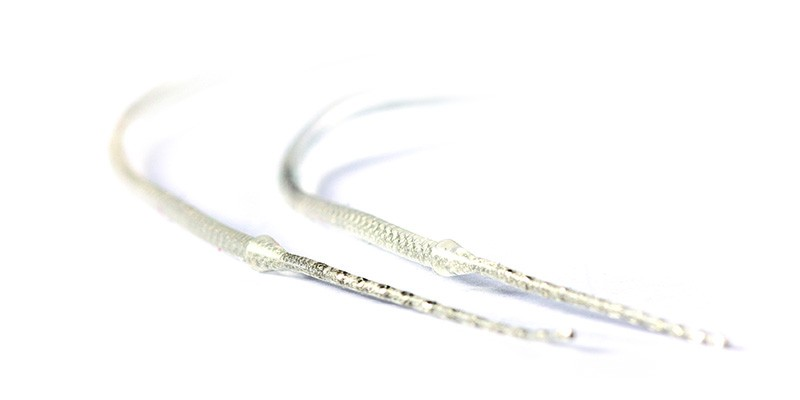
Individualized Solutions
With our broad portfolio of electrode arrays, our CI users can have individualized cochlear implants. One size doesn’t fit all, so MED-EL cochlear implants are as unique as our users’ cochleae. And with a pitch-perfect fitting, an electrode array can be fine-tuned to match each unique cochlea even more exactly.
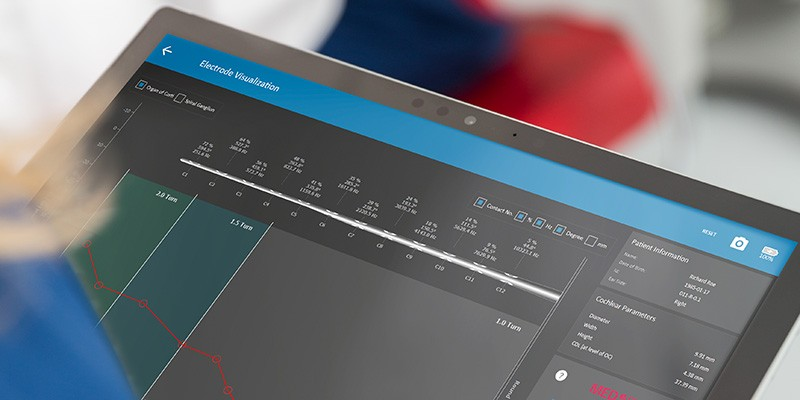
Advanced new software allows an individualized approach to electrode arrays.
The software that allows for this individualized approach is called OTOPLAN. This surgical planning tool uses incredibly detailed 3D visualization to help surgeons choose the ideal electrode array based on individual anatomy. With this personalized approach to electrodes, our recipients can get the best coverage for their cochlea and enjoy closest to natural hearing.
Want to learn more about the important role that electrodes play in MED-EL cochlear implants? Then discover how they help us mimic natural hearing so you can enjoy closest to natural hearing.
References

MED-EL
Was this article helpful?
Thanks for your feedback.
Sign up for newsletter below for more.
Thanks for your feedback.
Please leave your message below.
Thanks for your message. We will reply as soon as possible.
Send us a message
Field is required
John Doe
Field is required
name@mail.com
Field is required
What do you think?
© MED-EL Medical Electronics. All rights reserved. The content on this website is for general informational purposes only and should not be taken as medical advice. Contact your doctor or hearing specialist to learn what type of hearing solution suits your specific needs. Not all products, features, or indications are approved in all countries.
Joe Basla
October 02, 2024
I am excited. I have been waiting 6 weeks for an appointment with Dr Crane at University at Rochester. October 18th won't be here soon enough. One sided hearing loss in April 2024. Due to a virus. Possibly bell's Palsy. No other issues. Cat scan and Mri we were all good. No auto immune system issues. I feel that with Sychrony implant, I will have close to normal hearing again.
MED-EL
October 03, 2024
Hi Joe, thank you so much for sharing. We wish you all the best for your appointment and are happy to assist with any questions you might have in the future. Kind regards, Gordana

MED-EL

MED-EL



Conversation
1 Comment